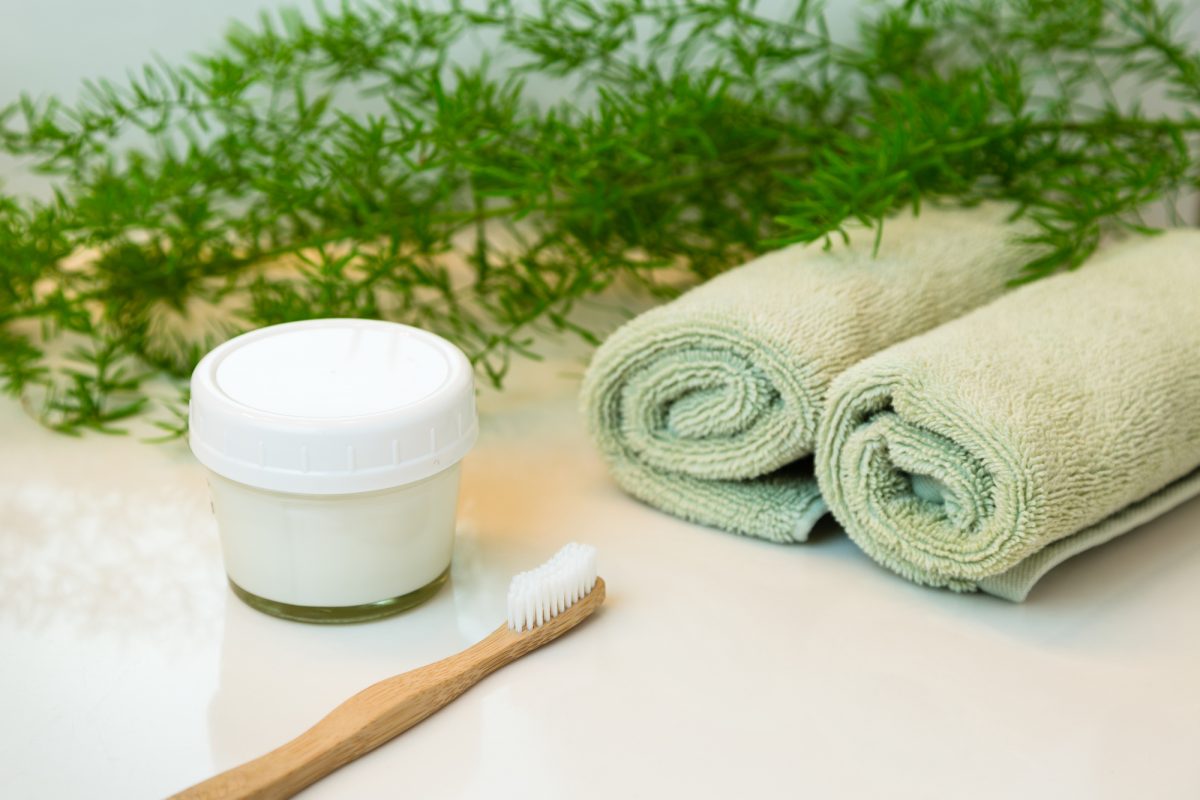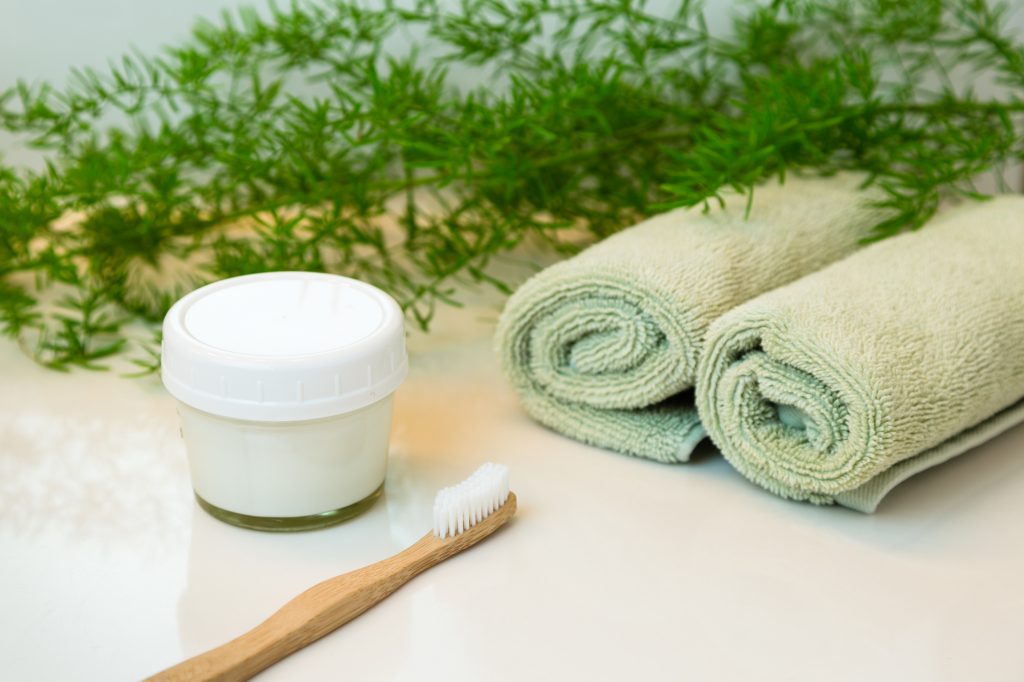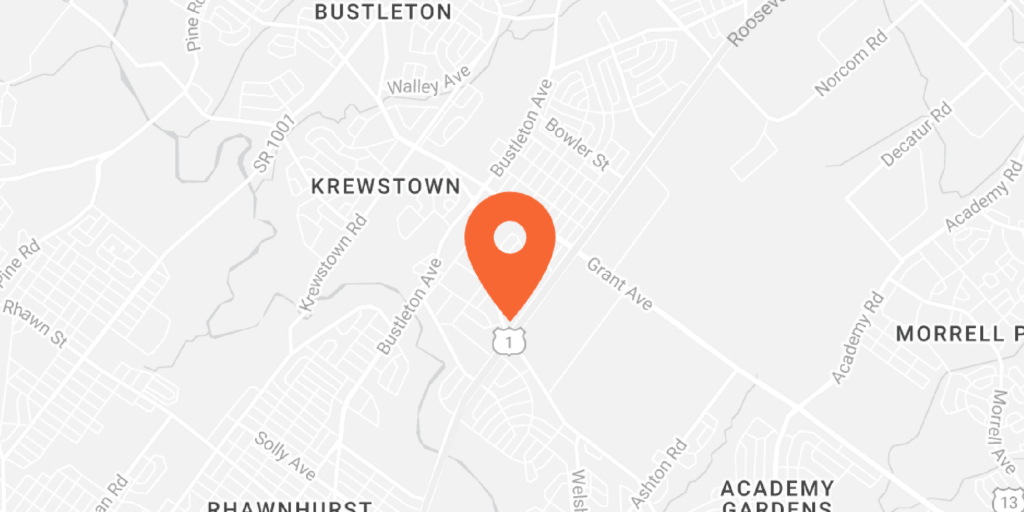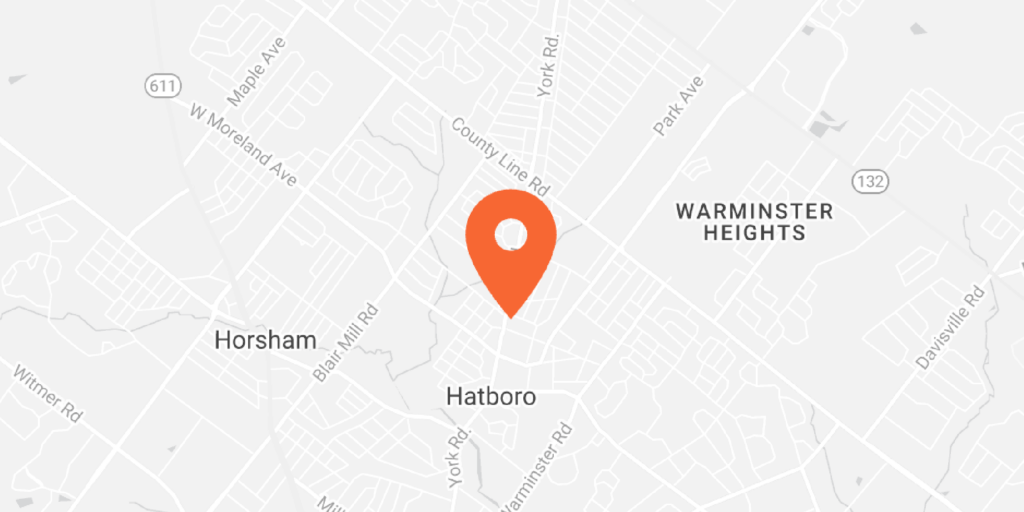
While toothpaste has been around for centuries, in recent years there has been a growing concern over whether store bought toothpaste is really healthy to use. Concern over the harsh chemicals that can sometimes be found in toothpaste and mixed views on the safety of fluoride toothpaste has led to many people to make DIY toothpaste.
Even with DIY toothpaste though you need to be careful with the ingredients you choose to include and how much of each you use. While DIY seems more natural and healthy, it can still cause damage to your teeth if not mixed correctly.
Let this Essential Guide to DIY Toothpaste give you all the information you need to make smart decisions for your family.
Why You Should Be Concerned about Your Store Bought Toothpaste?
If you were to check the ingredients of your toothpaste, there are probably a lot of ingredients that you have never heard of or are surprised to find in a toothpaste. And some of them are even toxic. Ingredients you should avoid include:
- Triclosan, a pesticide that can disrupt your hormones
- Sodium lauryl sulfate which has been shown to cause canker sores in some people
- Artificial colorings
- Fluoride which is swallowed is toxic.
- Titanium dioxide is often used to make toothpaste white, and while some data shows that it doesn’t pose a health hazard in toothpaste, the jury is still out on that.
- Glycerin is not toxic, but it has no place in toothpaste because it is a soap that will dry out your mouth.
- Hydrogen peroxide can whiten your teeth, but it take a lot of it to work and it should never come in contact with your gums, tongue or the mouth.
- Acidic ingredients that can damage your enamel. If you are not sure of the pH level of any ingredients you are using to make a DIY toothpaste, simple use a pH strip to double check.
- Essential oils can cause an imbalance between the good and bad bacteria in your mouth.
What Are Safe Natural Ingredients To Use?
If you are going to make your own DIY toothpaste, the following ingredients are safe and natural:
- Coconut oil which can help prevent oral candida.
- Trace Mineral Drops
- Cacao nibs, when crushed are a great tasting addition to toothpaste. It also helps with remineralization and is a good replacement for fluoride.
- Bentonite clay is sometimes used to naturally polish the teeth. And because it has alkaline qualities it will help reduce the acidic levels in your mouth too.
- Baking soda is a popular ingredient for DIY toothpastes. It is used to neutralize the acids that are in your mouth so promote the growth of good bacteria and protect your enamel.
Can You Just Brush with Baking Soda?
Yes, you can simply brush your teeth with baking soda. However, because it can have a salty taste and be real grainy, a lot of people prefer using a toothpaste that combine a few other natural ingredients to make it taste better.
Should Toothpaste Have Contain Fluoride?
Fluoride has been proven to reduce tooth decay and has been a Food and Drug Administration (FDA) approved ingredient for years, so what is the problem? Shouldn’t DIY toothpaste also contain it? The concern is accidental overdose if the toothpaste is swallowed instead of spat out. If you can combine the right ingredients in DIY toothpaste you can still have the same tooth-decay fighting power as fluoride toothpaste.
Here is a DIY Probiotic Toothpaste recommended by Askthedentist.com and created by Dr. Burhenne. Prep time is 5 minutes, Cook time: 10 minutes. This recipe will give you enough toothpaste for about a week for a family of 4.
Ingredients include:
4 tablespoons of Cold-pressed Organic Coconut Oil
4 tablespoons of Food Grade Bentonite Clay
½ teaspoon of Baking Soda, 2 tablespoons of Xylitol
½ teaspoon of Hyperbiotics Prebiotic Powder
2 crushed capsules of Hyperbiotics PRO-Dental
½ teaspoon of Cacao Powder
1 ½ teaspoons of Ginger Powder
½ teaspoon of Cinnamon
½ teaspoon Vitamin E oil
4 tablespoons of distilled or filtered water
To make, heat the coconut oil until melted and then add the bentonite clay, baking soda, xylitol, prebiotic, cacao, ginger and cinnamon in a food processor until all combined. Then add one tablespoon of coconut oil to the mixture and blend again.
Next add the vitamin E and the rest of the coconut oil and blend together. Finally add the water and blend for about 30 seconds. Store in a glass container with a plastic lid preferably. Store at room temperature and use within a week.
If you are interested in making your own DIY toothpaste, first consult your dentist or orthodontist in Philadelphia to find out what ingredients they recommend you using. For more information about how we can help you get a healthier smile through orthodontic treatment, give us a call today to schedule an initial consultation



